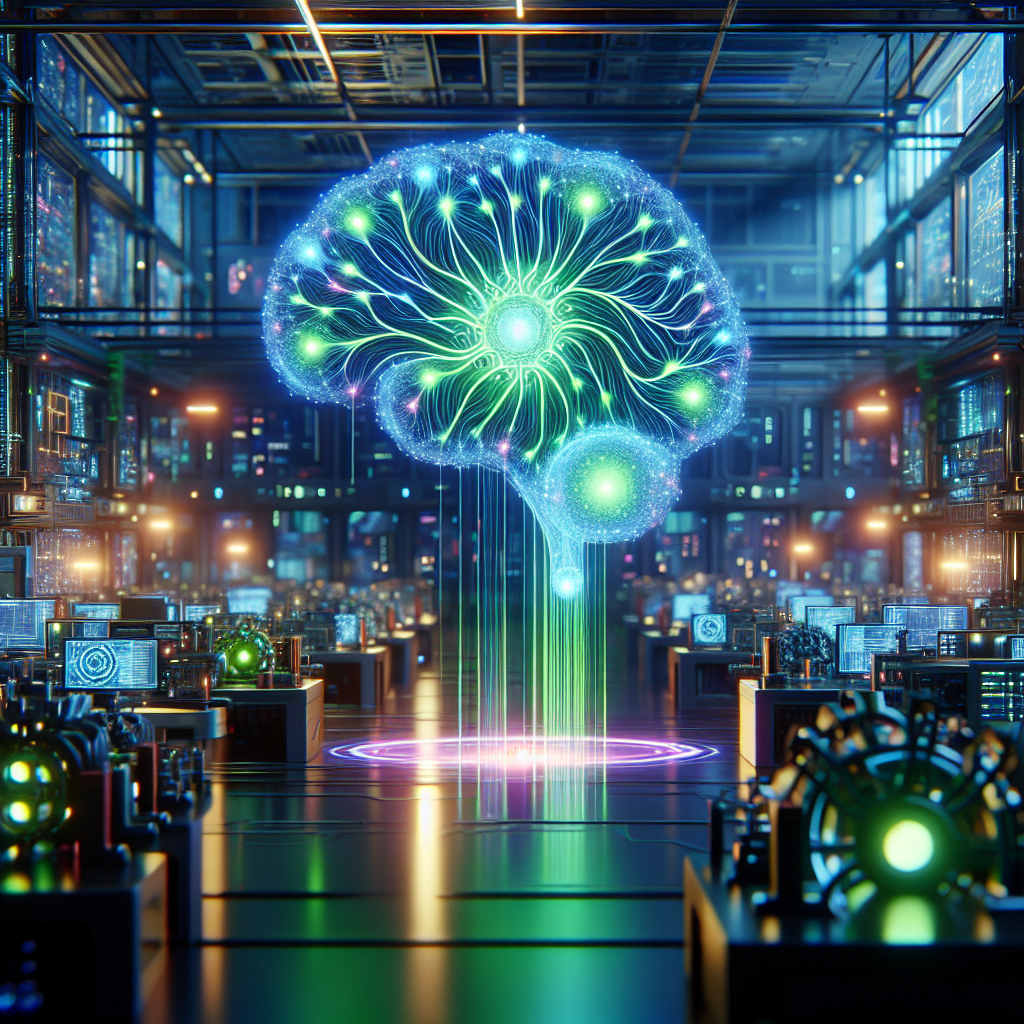In recent years, deep learning has revolutionized the field of artificial intelligence, enabling machines to perform tasks that were once thought to be exclusively human. Deep learning, a subset of machine learning, uses artificial neural networks to mimic the way the human brain processes information, allowing computers to learn from large amounts of data and make predictions or decisions without being explicitly programmed.
Two of the most popular deep learning frameworks available today are PyTorch and TensorFlow. PyTorch, developed by Facebook’s AI Research lab, and TensorFlow, developed by Google Brain, offer powerful tools and libraries for building and training deep learning models. Both frameworks are widely used in research and industry for a variety of applications, including computer vision, natural language processing, and reinforcement learning.
One of the key advantages of PyTorch and TensorFlow is their flexibility and ease of use. These frameworks provide high-level APIs that abstract away the complexities of building and training neural networks, allowing developers to focus on designing models and experimenting with different architectures. Additionally, both PyTorch and TensorFlow offer extensive documentation and tutorials, making it easy for beginners to get started with deep learning.
When building intelligent systems with PyTorch and TensorFlow, it is important to understand the underlying principles of deep learning. This includes concepts such as neural networks, activation functions, loss functions, and optimization algorithms. By mastering these fundamentals, developers can build more efficient and accurate models that can solve complex tasks.
In addition to understanding the theory behind deep learning, it is also important to have a solid grasp of the practical aspects of building and training models. This includes data preprocessing, model evaluation, hyperparameter tuning, and debugging. By following best practices and experimenting with different techniques, developers can optimize their models and achieve better performance on their tasks.
Overall, building intelligent systems with PyTorch and TensorFlow requires a combination of theoretical knowledge and practical experience. By mastering the fundamentals of deep learning and leveraging the powerful tools and libraries provided by these frameworks, developers can create cutting-edge solutions that push the boundaries of what is possible with artificial intelligence. Whether you are a beginner or an experienced practitioner, PyTorch and TensorFlow offer a wealth of resources and opportunities to explore the exciting world of deep learning.
#Building #Intelligent #Systems #Understanding #Deep #Learning #PyTorch #TensorFlow,understanding deep learning: building machine learning systems with pytorch
and tensorflow: from neural networks (cnn


Leave a Reply